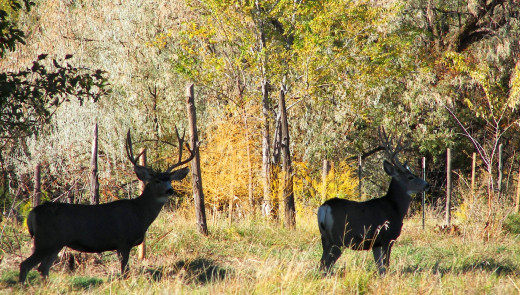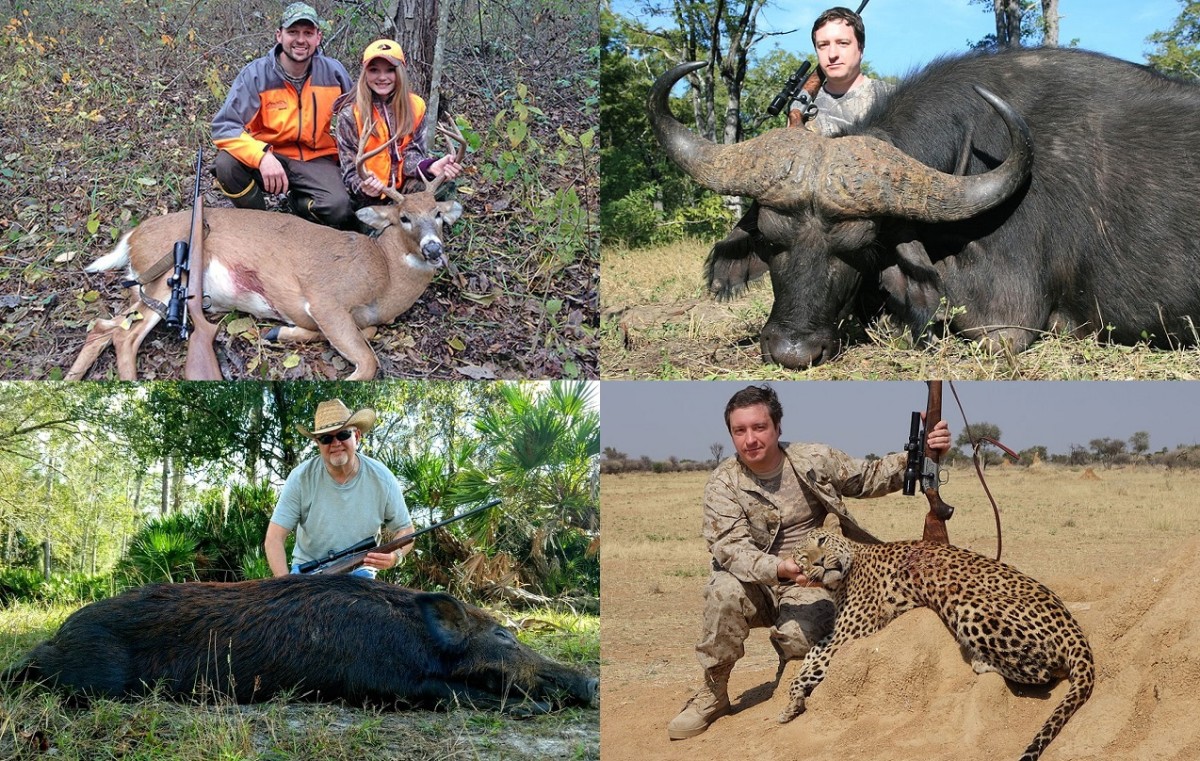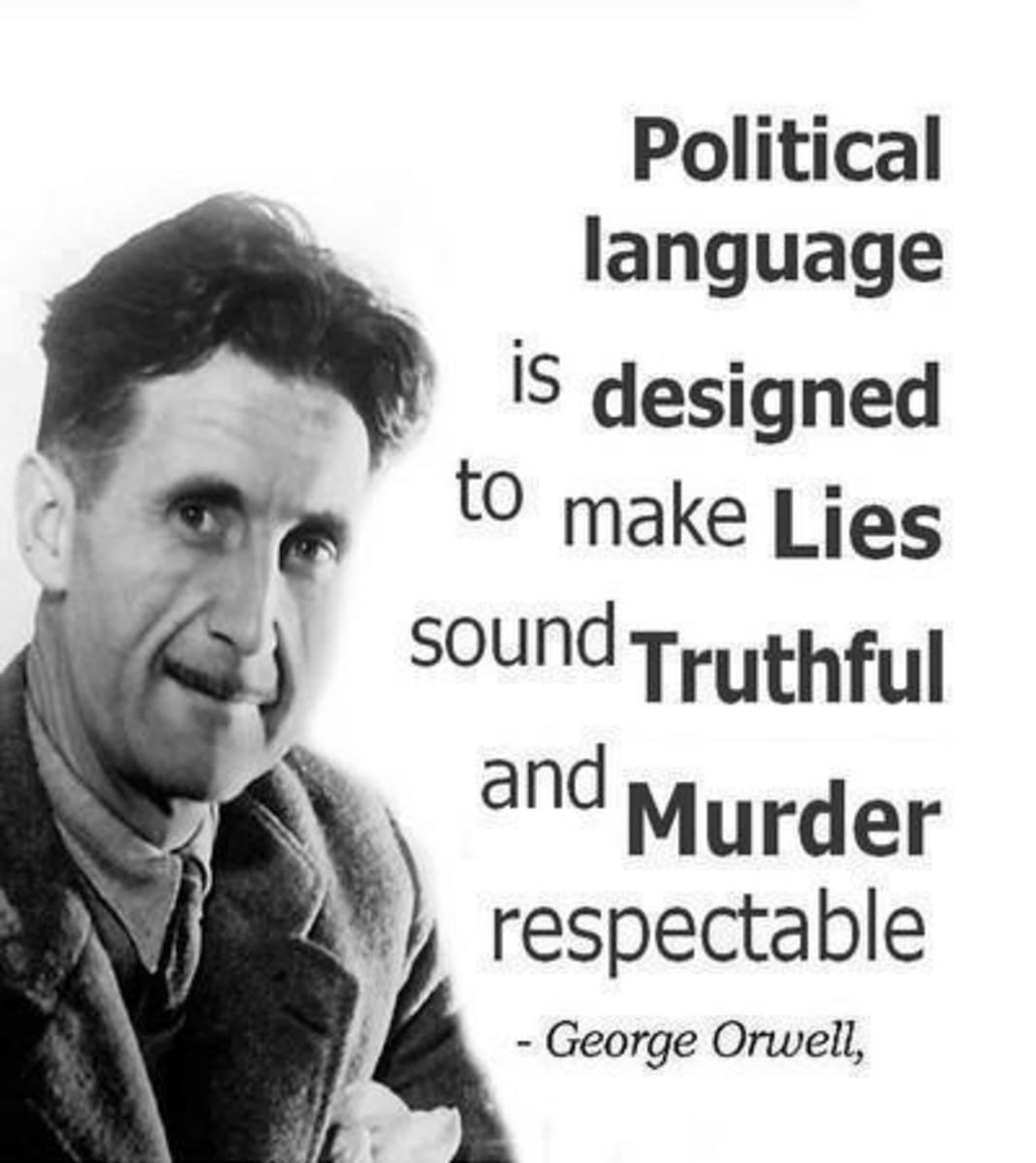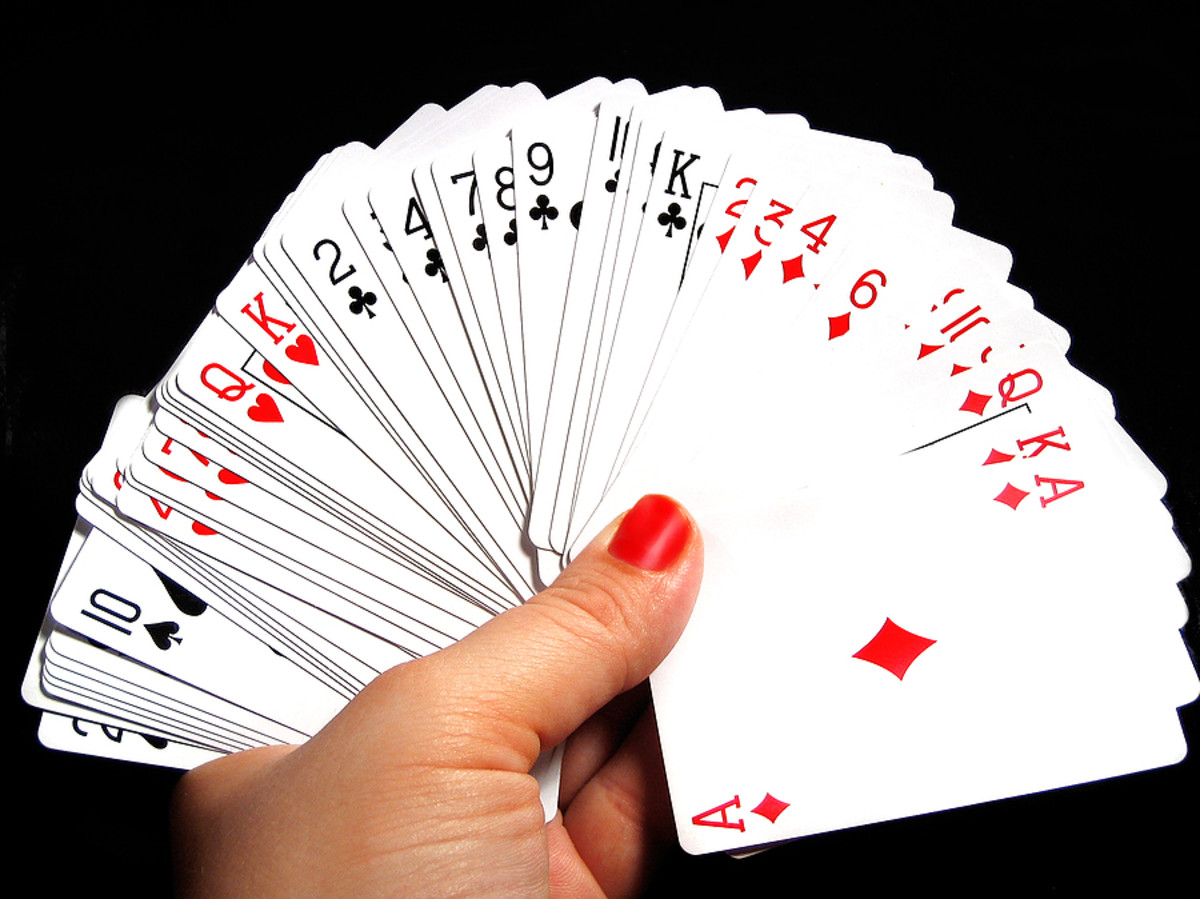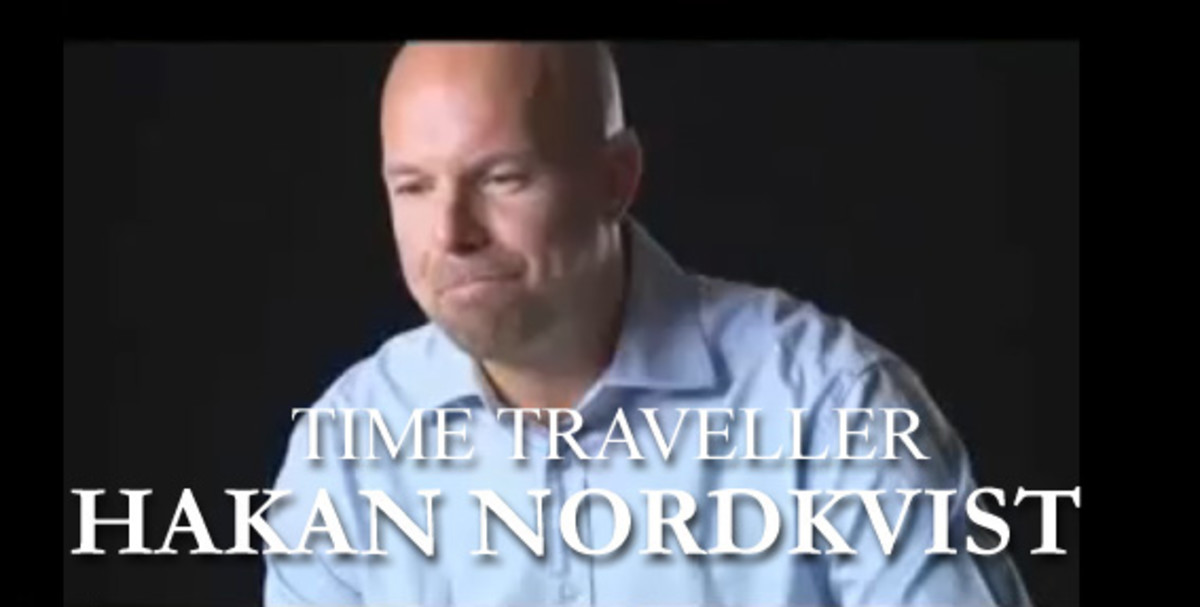- HubPages»
- Books, Literature, and Writing»
- Commercial & Creative Writing»
- Creative Writing
The Orchard
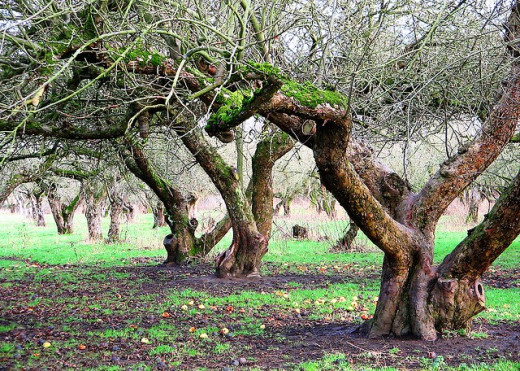
The Orchard
Recently, I read an excellent short story written in 1936 by George Orwell titled “Shooting an Elephant,” about his service in the British colonial occupational force as a sub-divisional police officer in Moulmein, lower Burma. Orwell’s brutal self-examination of individual conscience in “Shooting an Elephant” (2) brought back a poignant memory of a similar event that changed my way of thinking forever.
The story describes how one morning Orwell got a call that an elephant was loose and ravaging a bazaar. It wasn’t a wild elephant, but a tame one that had gone “must,” broke its chain and escaped on a tear. Its mahout, the only person who could manage it in that state was missing. Before Orwell could arm and get there the elephant had caught a Dravidian coolie and killed him by grinding him into the earth (4). By the time Orwell located the elephant the situation went from bad to worse. The locals gathered by the hundreds and demanded the elephant be shot, with an ulterior motive of wanting to butcher the would be dead elephant for free meat. Orwell knew it wasn’t right to shoot the confused beast of burden because it only wanted to be led away to safety by its mahout and left alone. But he succumbed to the pressure of the gathering crowd and his personal fear of public humiliation from being ridiculed by the natives. While the elephant quietly stood by the paddy fields beating the bunches of grass against its knee to clean them and stuffing them in its mouth, Orwell emptied two rifles worth of poorly placed shots into the elephant while the crowd cheered in morbid fascination. Though bloody and mortally wounded it wouldn’t die. Frustrated and out of ammunition, Orwell had to walk away, to be told it finally died a retched death half an hour later. By that evening the Burmans had stripped its carcass clean. Later, Orwell wondered if anyone but him knew that he had shot it solely to avoid looking like a fool (8). I don’t think he ever forgave himself or the Burmese people for it.
While mulling over how Orwell disregarded his conscience and reluctantly killed the elephant to save face, I was reminded that as a young man I killed deer for trophy, so I could brag that I got one and you didn’t and mine is larger, until one October morning when I tracked a herd of deer into an old homestead orchard and had an experience that changed my thought process forever. It was an end of an age or more accurately, my coming of age.
I come from a ranching and mining family in western Colorado where hunting small and large game was part of life. Hunting was recreational, it was social, and it was what boys did as they grew up and became men. This was not my first hunt to say the least and I will admit I was there more for fellowship with my dad and brother, than for meat or sport. That deer season a multitude of hunters, all dressed in bright orange and red and armed to the teeth, were more plentiful than the deer, so we looked for hunting grounds off the beaten path. I found myself alone in an overgrown four or five acre orchard, surrounded by a large grain field. In a real sense it was like an island in the middle of a lake, and there was a small herd of deer led by a five point buck milling inside. I had observed them moving into place and knew it was my time.
For twenty minutes, we played cat and mouse inside the orchard. It was thick with vegetation and impossible to get a shot. But, eventually I worked them into a corner. Their choice was to come right at me, or break for it across the field. Either way I would have my chance. The deer went for the field, and the buck as they typically do, pushed the does out first. I held steady, and as the last doe was mid-field, here he came, bounding as hard and as fast as he could. I shouldered my rifle, found my sight picture, and in a fine shot dropped him about 90 yards out. Winded and hot, I caught my breath while I gave the buck several minutes to die undisturbed.
Upon finding the deer, I saw the bullet found its mark well and he probably was dead before he hit the ground. This was a point of satisfaction because I have seen the results of poor shooting. The suffering adrenaline-filled animal bellowing and blowing pink-bloody foam while bleeding out, dragging itself on its only two good legs while trying to flee is a terrible event to witness, and as Orwell described so well (8), it’s the ugly side of death few can stand to watch for long.
Standing next to him, I paused to look in the buck’s lifeless black eyes. As the emotional high from the rush of the hunt was replaced by a wave of sadness, I had a moment of clarity and I realized that this was wrong. This animal had been living a good life and had a place in the world. He was a real creature not a figment of my imagination, and that just minutes before he had been eating an old apple and had breathed the same air as I. His lifeless eyes still spoke to me, “Why, why did you have to pull the trigger? You won the game; did you really need to kill me? Do you really need my body, my flesh?” My heart told me no. The truth was there was no real need. The moral was that a true sportsman doesn’t have to kill to enjoy the hunt. To know I could have had him but spared his life would have been the right thing to do. So, with few exceptions, that was the end of my hunting days and old way of thinking about when to pull a trigger. However, the memory of killing that mule deer buck that fall morning will probably always haunt me as it still stings my conscience even though it was many years ago.
Sometimes I think of what it might be like when my days are over, and I join George Orwell and my grandfathers in eternity. I wonder if the spirit who greeted Orwell was the elephant, “tearing up bunches of grass, beating them against his knees to clean them and stuffing them in his mouth” (5). And for me, might my path to eternal life lead through a narrow wicker gate into a familiar old over grown orchard, where I’ll meet my Maker standing next to that same muley buck. There will be plenty to talk about but this time I think I’ll be mostly listening. I think I’ll stick to the truth this time.
© Copyright 2013 James Cressler
Work Cited
Orwell, George. “Shooting an Elephant.” 75 Readings Plus. Ed. Santi V. Buscemi and Charlotte Smith. 9th ed. New York: McGraw-Hill, 2010. 2-8. Print
